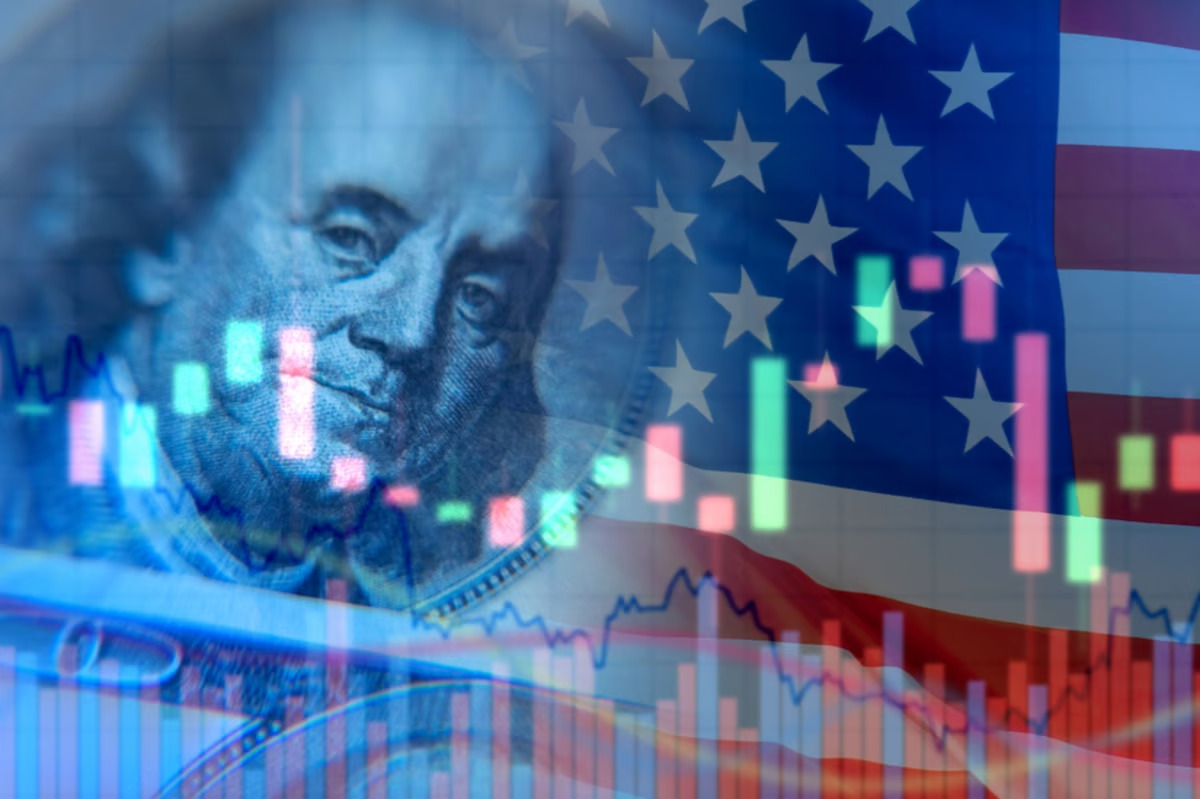The U.S. consumer prices index, a closely watched inflation gauge, rose slightly less than expected in July, with President Donald Trump’s tariffs showing only modest effects so far.
The consumer price index (CPI) climbed 0.2 percent on a seasonally adjusted basis for the month and 2.7 percent year-over-year, according to the U.S. Bureau of Labor Statistics. Both figures were just shy of Dow Jones estimates of 0.2 percent and 2.8 percent, respectively.
Core CPI rises 0.3 percent in July
Excluding food and energy, core CPI rose 0.3 percent in July and 3.1 percent from a year earlier, compared with forecasts of 0.3 percent and 3 percent. The monthly core increase was the largest since January, while the annual rate marked the highest since February. Federal Reserve policymakers generally view core inflation as a more reliable measure of longer-term price trends.
The Bureau of Labor Statistics said a 0.2 percent rise in shelter costs accounted for much of July’s increase in U.S. consumer prices, while food prices were unchanged and energy costs dropped 1.1 percent. Prices for new vehicles held steady, but used cars and trucks rose 0.5 percent. Transportation and medical care services each recorded gains of 0.8 percent.
Tariff effects were evident in some categories, with household furnishings and supplies rising 0.7 percent in July after a 1 percent gain in June. In contrast, apparel prices inched up just 0.1 percent, while core commodity prices rose a modest 0.2 percent.
Fed expected to cut rates twice this year
The critical U.S. consumer prices data comes ahead of the highly anticipated September central bank meeting. Futures markets are signaling strong expectations for a Federal Reserve rate cut in September, though upcoming data releases could still influence that decision and shape the central bank’s policy path. Recent comments from Fed officials have shown growing concern over the labor market, which supports the case for easing.
Following the CPI release, traders increased the implied probability of a September cut and raised the odds of another reduction in October to about 67 percent, up from 55 percent the previous day, according to CME Group’s FedWatch tool.
While the Fed’s preferred inflation gauge is the Commerce Department’s personal consumption expenditures (PCE) price index, both the CPI and Thursday’s upcoming producer price index feed into that assessment.
The bureau also reported that inflation-adjusted average hourly earnings rose just 0.1 percent in July, leaving the annual gain at 1.2 percent.
For more news on economy, click here.




